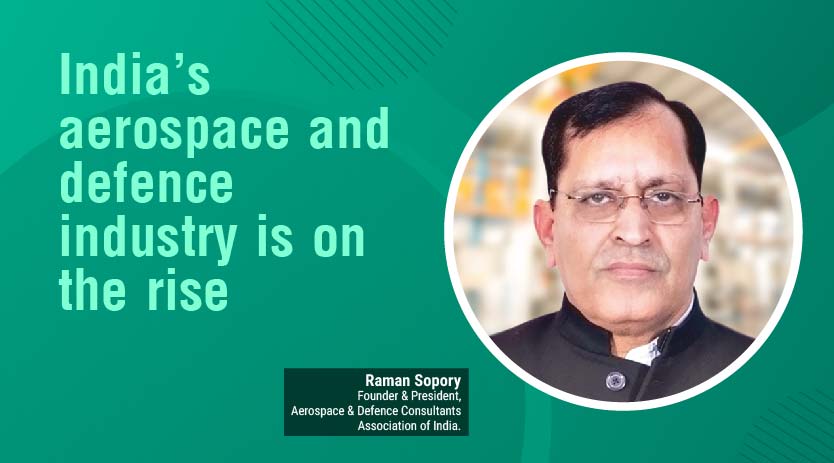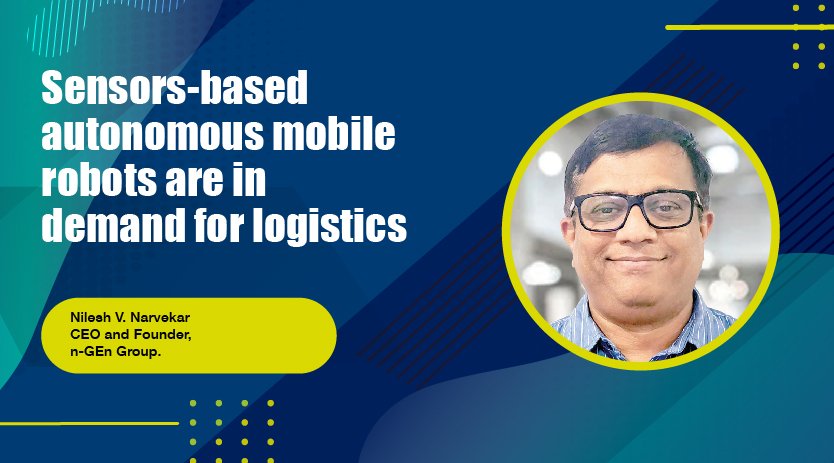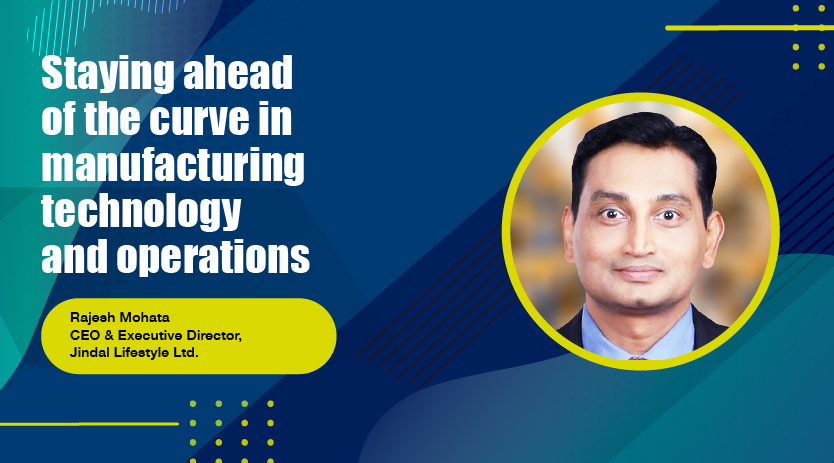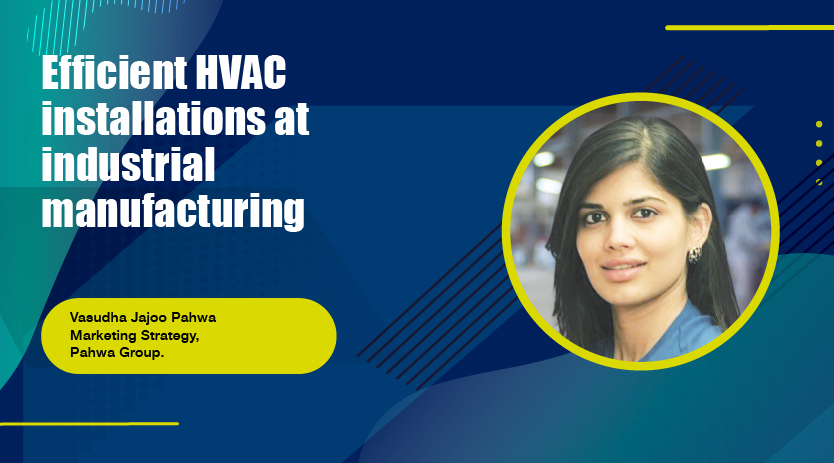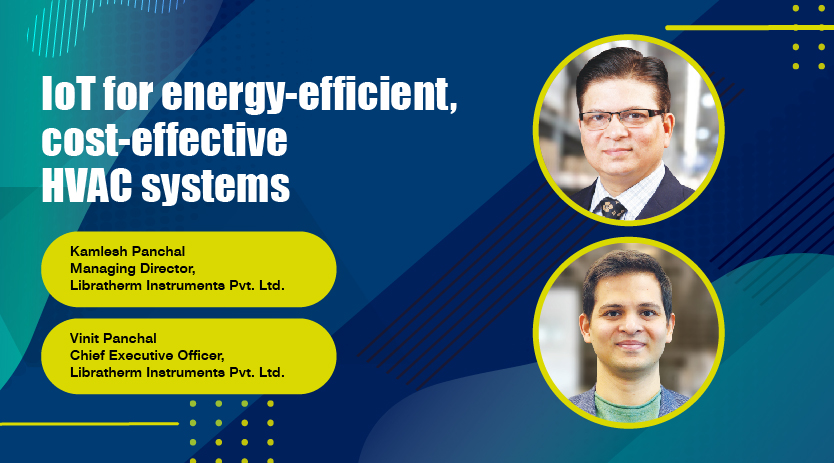We have managed 8117 days without an ‘LDI.
July 2, 2022 10:07 am
Nitin Gangadhar, Director of Operations India, Freudenberg Filtration Technologies, shares his work-floor connected strategies to maintain a safe and healthy production unit in India.
Can you talk about your LDI accomplishment?
LDI is our key focus KPI, and Freudenberg prioritises and focuses on human safety. So, as of today, we have managed 8117 days without an LDI, which stands for Lost Days Incident. It means no person was injured in the plant or did not return to work. If he has not reported back, it’s considered LDI. We have consistently maintained zero LDI over the last few years, approx. 22 years.
What enabled you to cause such a remarkable result?
I give full credit to my team, particularly the shop-floor operators, who all contribute equally to mitigating the risk, identifying the hazardous action (Unsafe conditions & Unsafe Action), and so on. Our team provides a lot of suggestions (highest within the group) and inputs. As a result, we could implement those ideas, and possible hazards got timely eliminated. And we are celebrating this accomplishment now.
Can you talk about the Bangalore plant performance?
The divisions we focus on here are industrial, pharmaceutical, and automotive. This plant is responsible for the production of these products. Here, we have a simple plant design. We have a fabrication unit, pleating units and assembly units. We are TS16949, ISO 9001, ISO 45001 and ISO 40001 certified. Filters are the main product that we make in the Sanaswadi facility. Our Auto division offers two-sided and foursided filters. The primary products are GTS, pocket filters, cassette filters, and ribbon & aluminium separators. High
temperature filters are required for Industrial applications etc. We have an exclusive HSE officer to maintain the HSE criteria and some for operational excellence and quality assurance. So, also we are looking at logistics and PPC.
The plant employs approximately 400 people to oversee the entire operation. We have nearly 30 per cent of women employees at all levels, from manager to the operator. The majority (200-300) is in production, while the remainder is in support. The primary installations of our plant are the Ribbon Separator Leaking Machine, the Blue Separator
Cleaning Machine, which is primarily used for HT filters, and the Cabin Air Filter Line. We used to have Manual edge banding machines. We changed it to continuous edge banding machines using our own team design and concept. The only difference between manual and continuous edge banding is that manual edge banding can produce approximately 2500 filters per day, whereas constant edge banding can produce 8000 filters per day. We already have two machines and are looking to add another. The main issue is that we require volume on this machine. This is not feasible if we have only 2000 filters because we need to change the setup and everything. If we have 8000 or more, we can easily do this.
Can you mention about technologies at work-floor?
We have an ERP based SO system that generates no paperwork when orders are received; everything is handled through the system. The only paper we print is the invoice, which the government requires; otherwise, everything is digitalised, and digitalisation knows no bounds. As I previously stated, we have an OPEX department that is in regular contact with a global team where people from all over the world share what they have done, and we share what we have done. We always use Lean tools and see an increase in productivity. We begin monitoring the OEE whenever we have a capacity constraint. OEE primarily focuses on overall industry productivity, but in my opinion, we should always focus on availability. My responsibility is to make the machine available to the employee at all times, and then I can always ask him about productivity. Maximum lines are now around 87-88 per cent with this methodology. We have already implemented vertical storage in terms of space. We will soon begin vertical manufacturing. We have already linked consultation with PMRDA for permissions for vertical manufacturing.
What kind of dashboard is available for day-to-day monitoring?
There are production numbers, labour, how much has been utilised, and what percentage of the production we have generated. Material yields show how much we have brought in and how much we have manufactured. How much scrap was there? Quality costs are also associated with scrap costs.
The beauty of this organisation is the most extensive dashboard, which I refer to as cockpit project savings. We had budgeted that we would save 3.84 crores throughout 2022, and as of today, I believe we will have saved more than 4.25 crores and this is the expected savings. The team is doing an excellent job on those projects, focusing on material production, consumption, and yield. They have implemented low-cost automation, allowing us to reduce the workforce
How do you see robotisation and automation possibilities in your workspace?
We are thinking of Cobot. As you know, we dispense PU, a significant factor in filter manufacturing, in a particular method and quantity. It can distribute unevenly because it is now a manual, there may be a variation, but my gut feeling is that Cobot will be able to save a lot of PU consumption. Conveyors have been implemented. Previously, manual scanning was done with a manual scanner; now, we use converged scanners. That is fantastic.
Do you see that this manufacturing process will take care of automation and robotisation in future?
Not much because, as I mentioned earlier, there are two ways to do manual edge banding, and we have changed that process to Special Purpose Machine (SPM), where we are doing the continuous assessment. We achieve nearly 300 times the production of the manual one. However, in the case of automobiles, this is a possibility. However, we receive non-standard and unique filter orders for industrial filtration and Pharma. We can undoubtedly consider automation for many processes which increased the capacity of that media pleating by 100 per cent. The operator can provide a fantastic concept that can completely change the course of the plan.
What kind of practice do you adopt for procurement?
We have an excellent consistency in industrial filtration and Pharma, but there has been a massive demand in auto. It adds up month by month. There are difficulties. We are planning a couple of machines, and as of today, our capacity is approximately nine lakh filters per month. So, with that addition of machines, the Pune facility will produce about 13 lakh filters per month. The investment in Pune Facility will be around 50 crores. Our materials come from Finland, Germany, and Japan, with various categories and suppliers. However, we are currently experiencing challenges with the supply chain, especially the ocean freight system. Ports are congested, and ocean freight is increasing in length. As a result, we are reserving our inventory levels to ensure that our customers are not inconvenienced at any time.
Cookie Consent
We use cookies to personalize your experience. By continuing to visit this website you agree to our Terms & Conditions, Privacy Policy and Cookie Policy.









